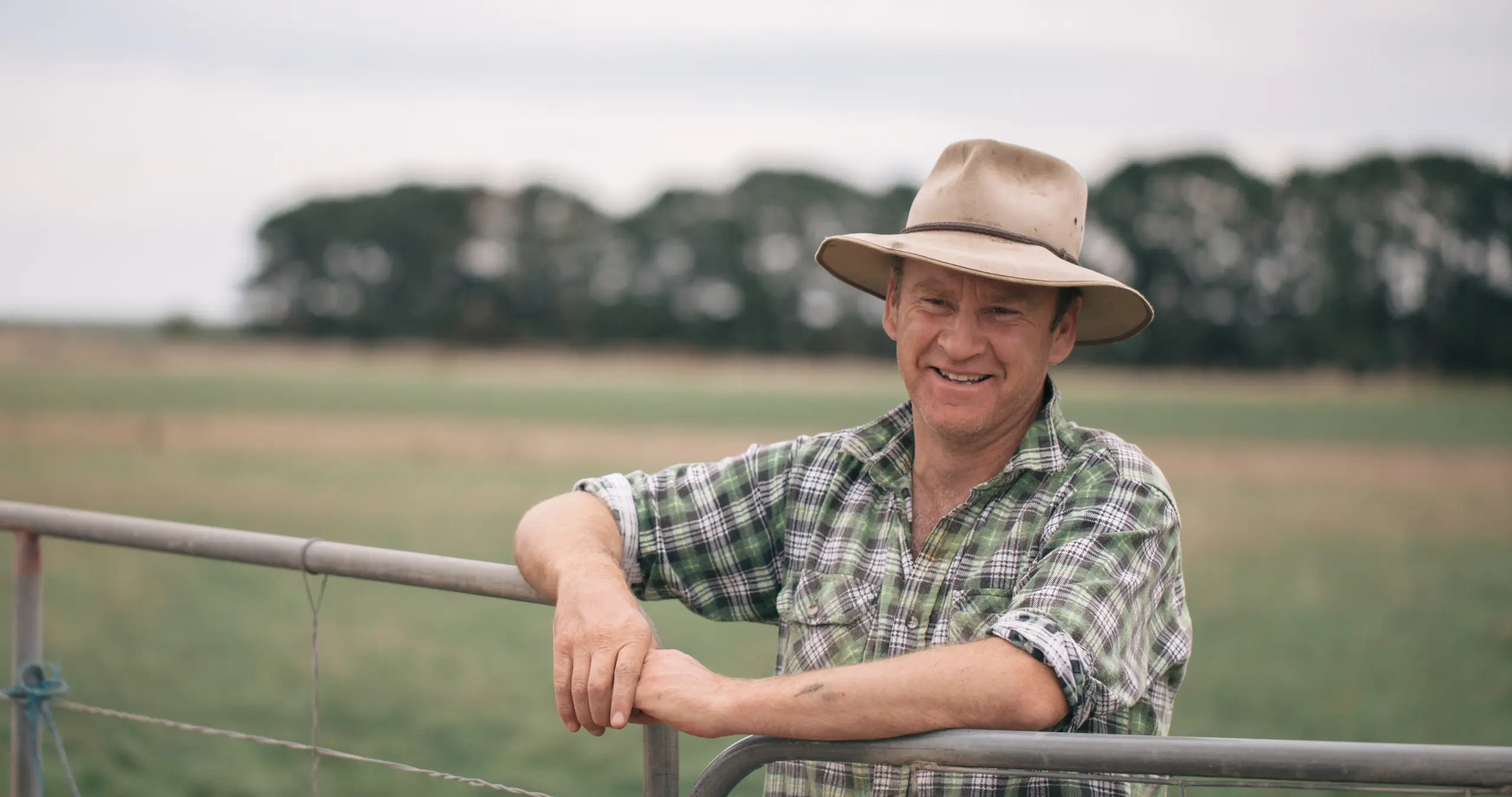
Information
Common capture methods.
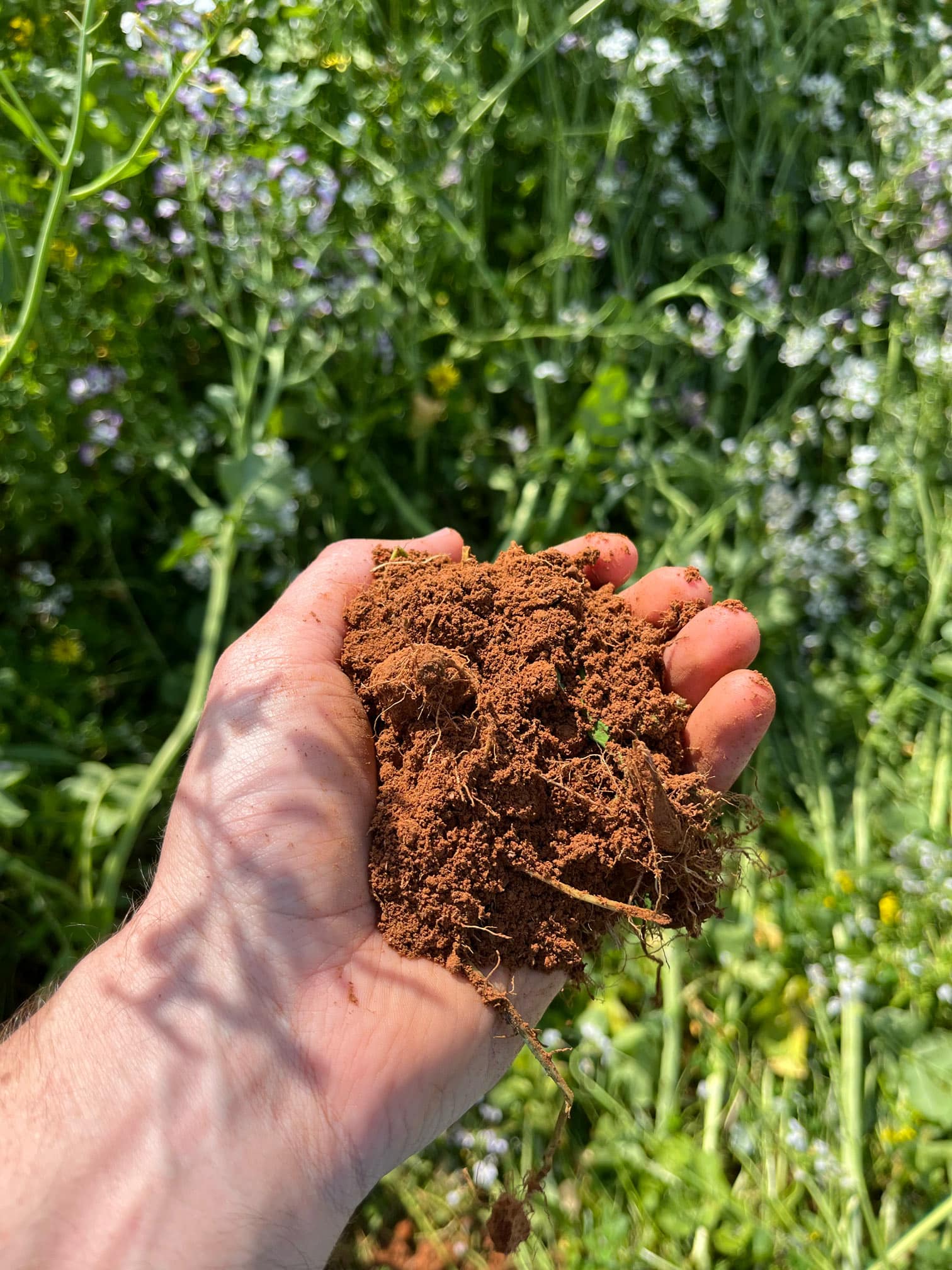
Soil carbon.
Soil carbon refers to the practice of increasing the amount of carbon stored in soil through various methods including cover cropping, reduced tillage, and compost application.
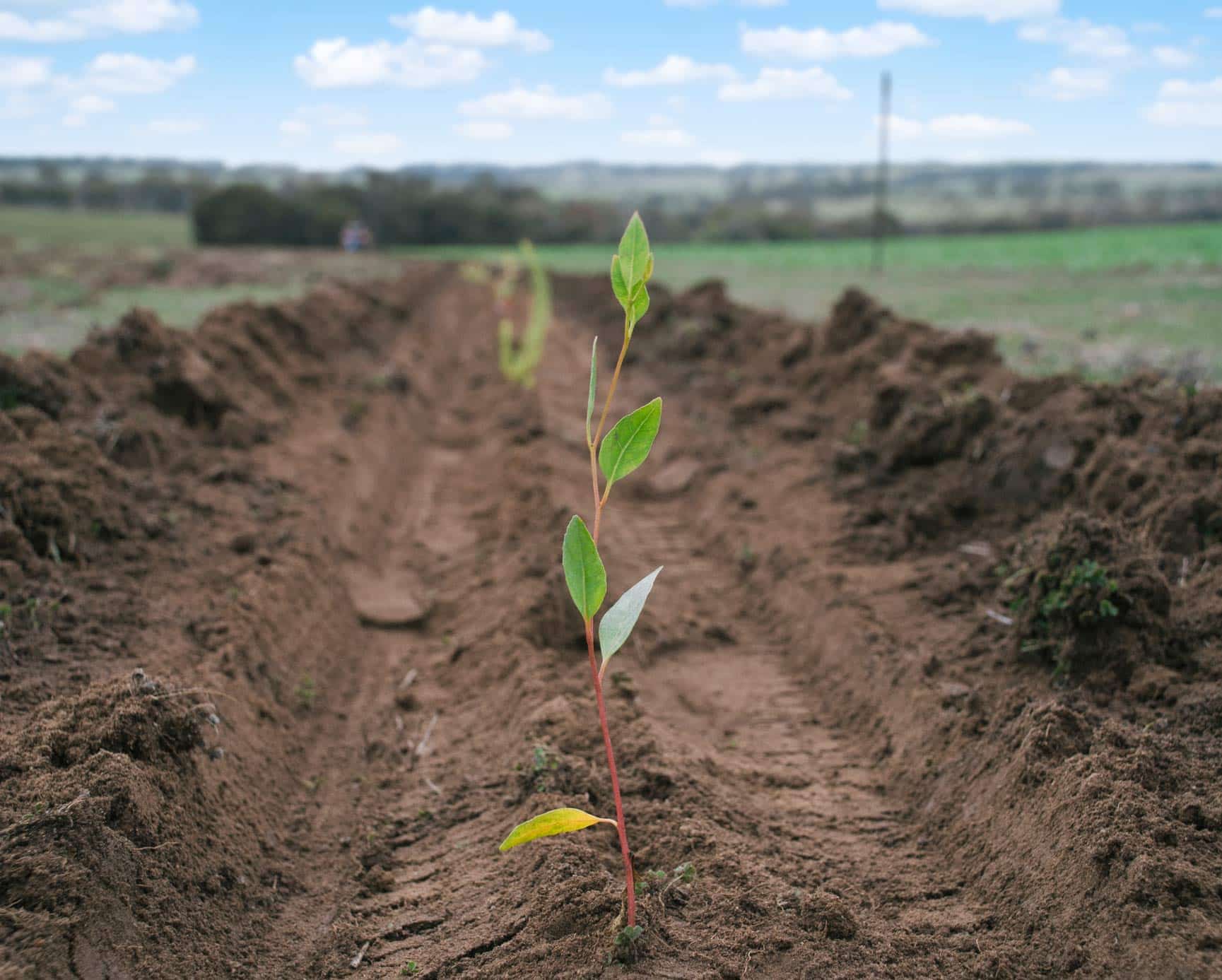
Revegetation.
Revegetation refers to the planting of native trees, shrubs, or grasses on degraded or cleared land. This process captures atmospheric carbon dioxide as the vegetation grows, storing it in plant biomass and soil.
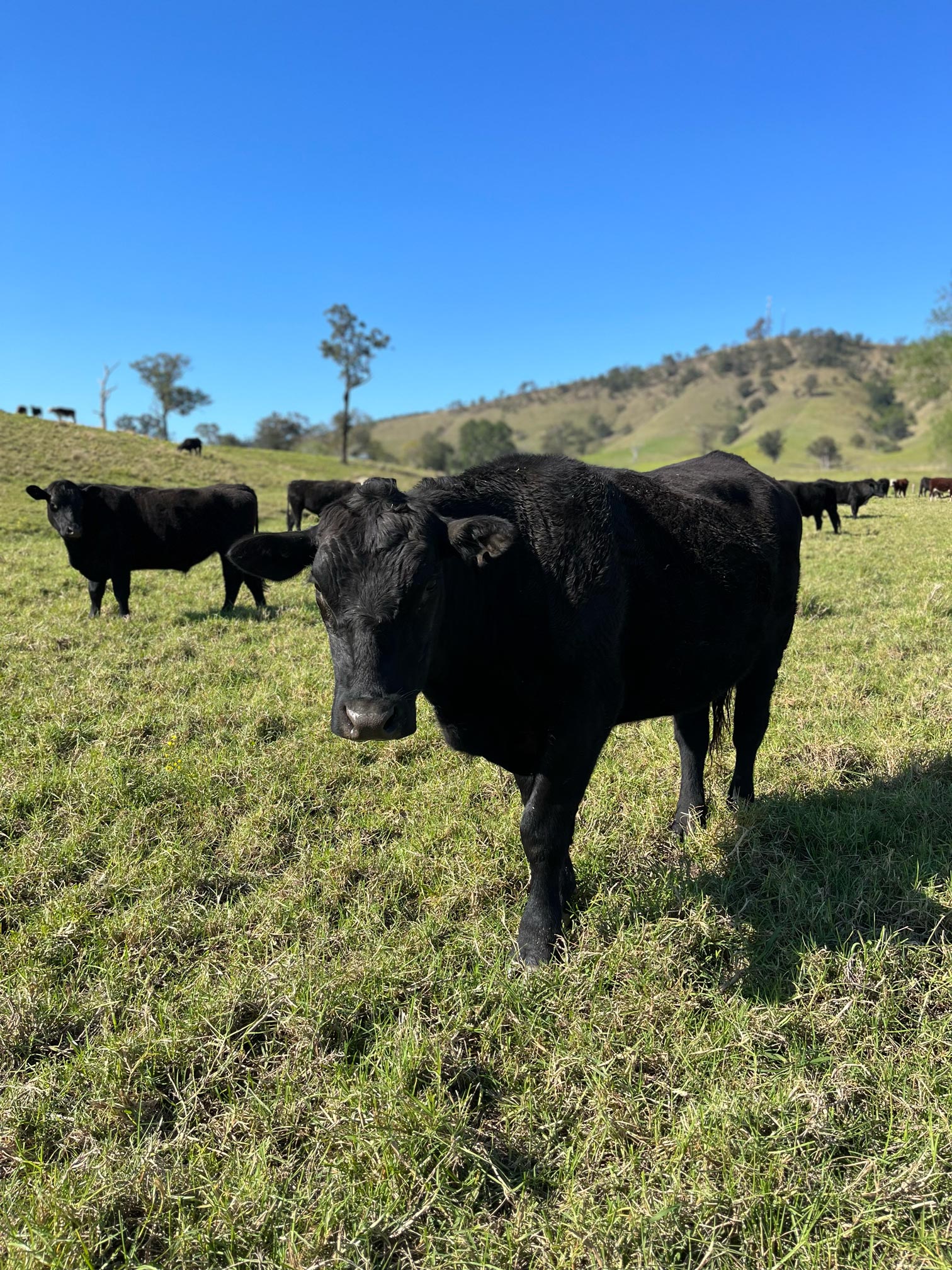
Herd management.
Herd management involves optimising livestock grazing patterns to improve pasture health, reduce soil compaction, and enhance carbon storage in soil.
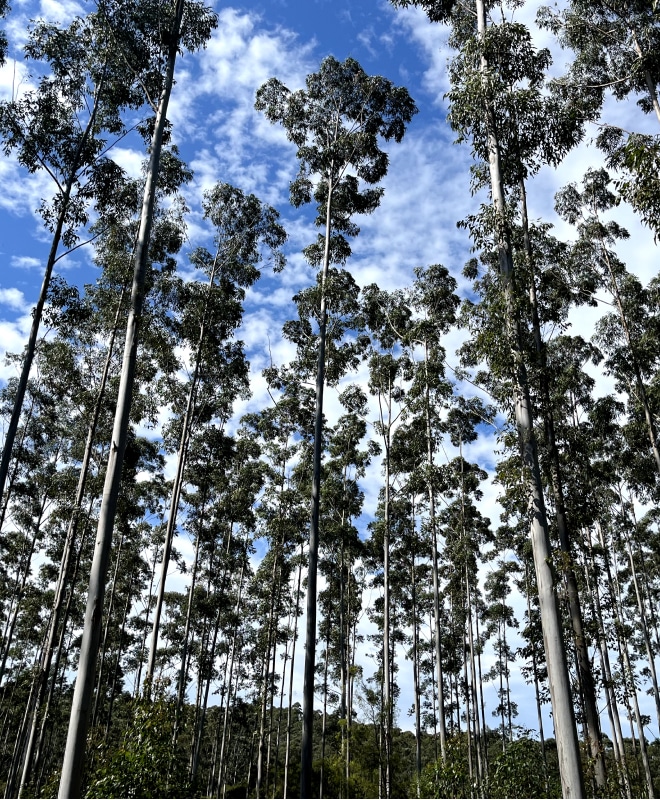
Plantation forestry
Plantation forestry involves planting and managing forests, typically with fast-growing tree species, to capture and store atmospheric carbon dioxide. These forests act as carbon sinks, sequestering carbon in tree biomass and soil.
Frequently Asked Questions
Costs fall into two categories:
- Carbon Fix does not charge for our work to provide our components of a project application.
- Costs relating to the techniques employed, sampling and testing and measures needed to increase carbon levels – these costs vary depending on the size and scope of a project however generally we aim to find the best quotes to ensure cost efficiency. You may be surprised at how little it can cost to get started.
The current methods offer either a 25 year or 100 year ‘permanence period’ and a project is for 25 years minimum however exiting a project is possible if circumstances change.
Carbon credits represent a measurable reduction or removal of greenhouse gases (like carbon dioxide) from the atmosphere. These reductions are achieved through activities like planting trees, improving soil health, or capturing carbon emissions before they are released into the air. Each carbon credit typically represents one tonne of carbon dioxide (or equivalent) that has been either avoided or absorbed.
For businesses or individuals, carbon credits are a way to offset their emissions. If a company can’t reduce its carbon footprint to zero, it can buy carbon credits to “cancel out” the emissions it still produces, helping it meet sustainability goals or regulations.
Australian Carbon Credit Unit which represents one tonne of carbon dioxide equivalent (tCO2-e) that would have otherwise been released into the atmosphere.
ACCUs are a tradable financial product. They incentivise carbon abatement activities through projects ranging from reforestation to energy efficiency.
ACCUs are an additional income source for individuals and businesses running ACCU Scheme projects.
ACCUs are currently sold on a confidential bi-lateral traded market.
Individuals or organisations who wish to reduce or eliminate their carbon footprint.
Yes. However, there are overheads such as auditing and maintenance to consider. Generally 100ha or larger is a good starting point however, properties as small as 25ha may be suitable depending on what methods you are interested in.
We do offer a Carbon Collaboration service that combines the interests of multiple smaller landowners to form a singular project.
Here’s how it works:
- Property A joins with properties B-H to form a viable Carbon Collaboration® project (CC001).
- Carbon Fix submits Project CC001 to a certification body.
- Project CC01 captures X amount of carbon from the atmosphere using a consistent method (eg. Soil Carbon)
- Carbon Fix receives credits from the Certification Body on behalf of Project CC001.
- Carbon Fix markets those credits to domestic and international markets.
- Emitters pay Carbon Fix for the credits to offset their emissions.
- Carbon Fix passes on the income generated from credit sales to Project CC001 and is split across properties A-H depending on yield and size.
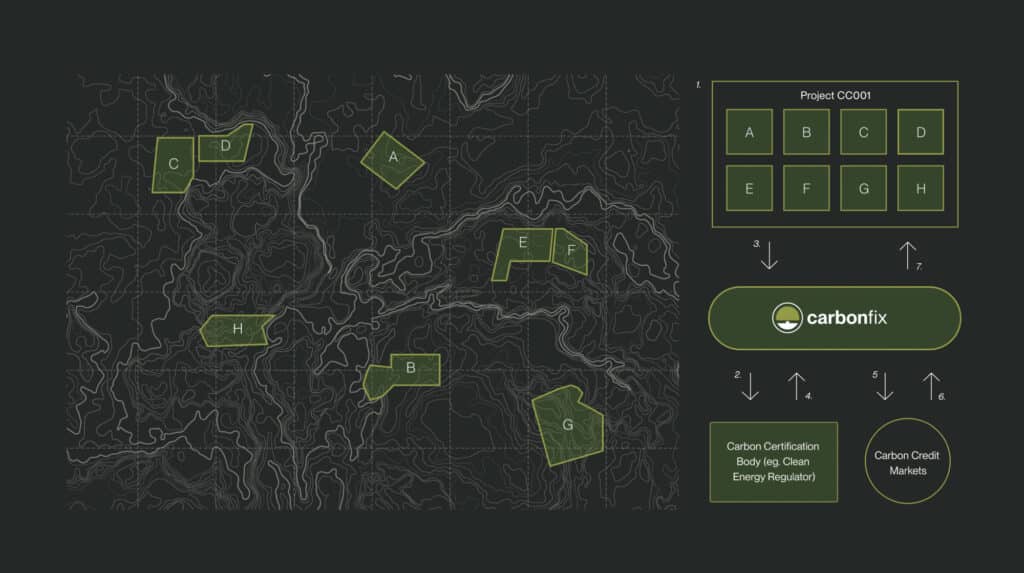
We help you to understand this through an initial assessment of your property. It’s free and all you need to do is get in touch.
Many carbon project methods are designed to compliment typical land practices and even provide a co-benefit. For example, a soil carbon project still allows for livestock or cropping to be utilised on the same piece of land allowing for a dual benefit and dual income stream for the same area.